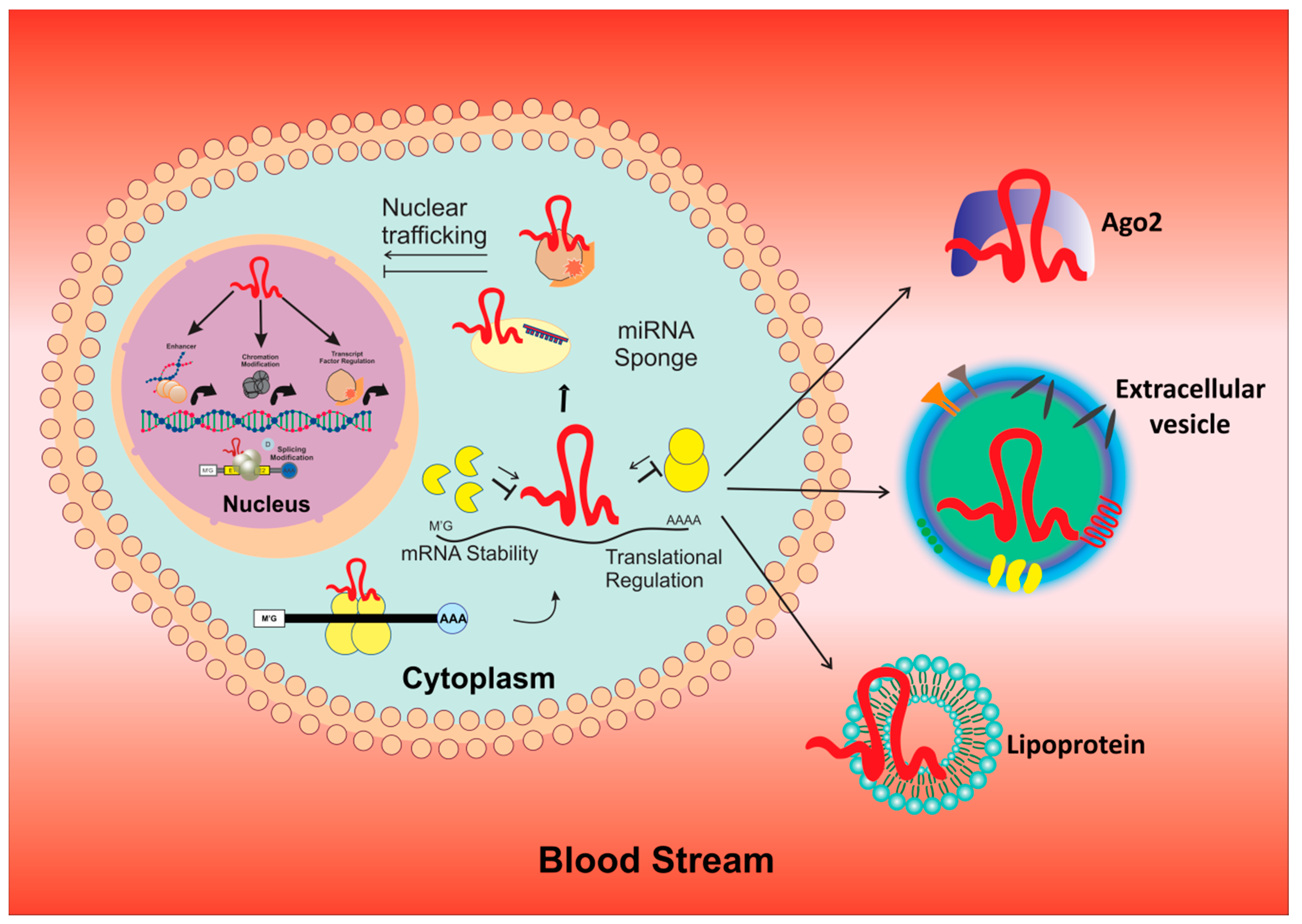On networks n300ma driver. The underlying global changes in chromatin accessibility as a driver of cancer progression (Lever and Sheer, 2010; Timp and Feinberg, 2013). Demmel products driver download for windows 10. Here, we report that DNA accessibility alone is able to discriminate advanced prostate tumors from earlier disease states and benign tissue. The chromatin of these tumors.
abstract

- Genes encoding proteins that regulate chromatin structure and DNA modifications i.e., chromatin regulatory factors (CRF) and genes encoding histone proteins harbor recurrent mutations in most human cancers. These mutations lead to modifications in tumor chromatin and DNA structure and an altered epigenetic state that contribute to tumorigenesis. Mutated CRFs have now been identified in most.
- MYC as a driver of chromatin networks. We have earlier identified an enhancer hub organized around an active MYC and involving primarily local sequences (7, 8) distributed in the neighboring topologically associated domains (TADs), which define regions with preferred physical interactions.
- Driver mutations in histone H3.3 and chromatin remodelling genes in paediatric glioblastoma. (Schwartzentruber, J.
Drivers Chromatin Definition



abstract
- Genes encoding proteins that regulate chromatin structure and DNA modifications i.e., chromatin regulatory factors (CRF) and genes encoding histone proteins harbor recurrent mutations in most human cancers. These mutations lead to modifications in tumor chromatin and DNA structure and an altered epigenetic state that contribute to tumorigenesis. Mutated CRFs have now been identified in most.
- MYC as a driver of chromatin networks. We have earlier identified an enhancer hub organized around an active MYC and involving primarily local sequences (7, 8) distributed in the neighboring topologically associated domains (TADs), which define regions with preferred physical interactions.
- Driver mutations in histone H3.3 and chromatin remodelling genes in paediatric glioblastoma. (Schwartzentruber, J.
Drivers Chromatin Definition
Drivers Chromatin Model
- Linker histone H1 proteins bind to nucleosomes and facilitate chromatin compaction1, although their biological functions are poorly understood. Mutations in the genes that encode H1 isoforms B-E (H1B, H1C, H1D and H1E; also known as H1-5, H1-2, H1-3 and H1-4, respectively) are highly recurrent in B cell lymphomas, but the pathogenic relevance of these mutations to cancer and the mechanisms that are involved are unknown. Here we show that lymphoma-associated H1 alleles are genetic driver mutations in lymphomas. Disruption of H1 function results in a profound architectural remodelling of the genome, which is characterized by large-scale yet focal shifts of chromatin from a compacted to a relaxed state. This decompaction drives distinct changes in epigenetic states, primarily owing to a gain of histone H3 dimethylation at lysine 36 (H3K36me2) and/or loss of repressive H3 trimethylation at lysine 27 (H3K27me3). These changes unlock the expression of stem cell genes that are normally silenced during early development. In mice, loss of H1c and H1e (also known as H1f2 and H1f4, respectively) conferred germinal centre B cells with enhanced fitness and self-renewal properties, ultimately leading to aggressive lymphomas with an increased repopulating potential. Collectively, our data indicate that H1 proteins are normally required to sequester early developmental genes into architecturally inaccessible genomic compartments. We also establish H1 as a bona fide tumour suppressor and show that mutations in H1 drive malignant transformation primarily through three-dimensional genome reorganization, which leads to epigenetic reprogramming and derepression of developmentally silenced genes.
